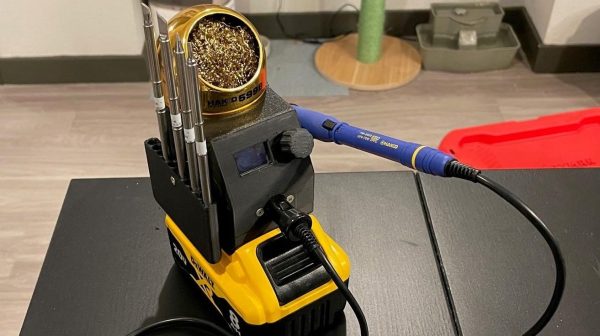The Lilium Jet is a proposed eVTOL (electric Vertical Take Off and Landing) aircraft that the German company Lilium GmbH has claimed it will bring to the market ‘soon’, which would made it the first eVTOL aircraft in the world to enter into commercial service. As anyone who has any experience with VTOL knows, it’s a tricky subject to engineer, let alone when you want to do it fully electric. In a deep-dive video on the Lilium Jet and eVTOL in general, [John Lou] goes through the physics behind VTOL take-off, landing and flight, as well as range and general performance.
It is clear that Lilium’s presented aircraft concept has many issues, some of which are due to new and unproven technologies, while others seem to be founded in over-promising and likely under-delivering. With Lilium having signed a number of contracts to deliver the first Pioneer Edition Lilium Jets and commercial service promised by 2025, it’s hard to ignore that the first full prototype of the 7-seater Lilium Jet is supposed to fly this year.
Although as [John] points out in the video, eVTOL is not an impossible concept, it is important to remain realistic about what is physically possible, and not seek to push the boundaries. When the UK introduced its first mass-produced VTOL jet in the form of the Harrier, it too faced an uncomfortable time as bugs got ironed out. As these eVTOL aircraft would be carrying real human passengers, it’s a good place to realize that although you can pick a fight with physics, you will never come out on the winning side.
Hopefully Lilium realizes this too, and these sleek, battery-powered aircraft will truly take to the skies in a few years.
Continue reading “Will The Lilium Jet Work? A Deep-Dive Into The Physics Behind EVTOL Aircraft”






 The build relies on an
The build relies on an 











